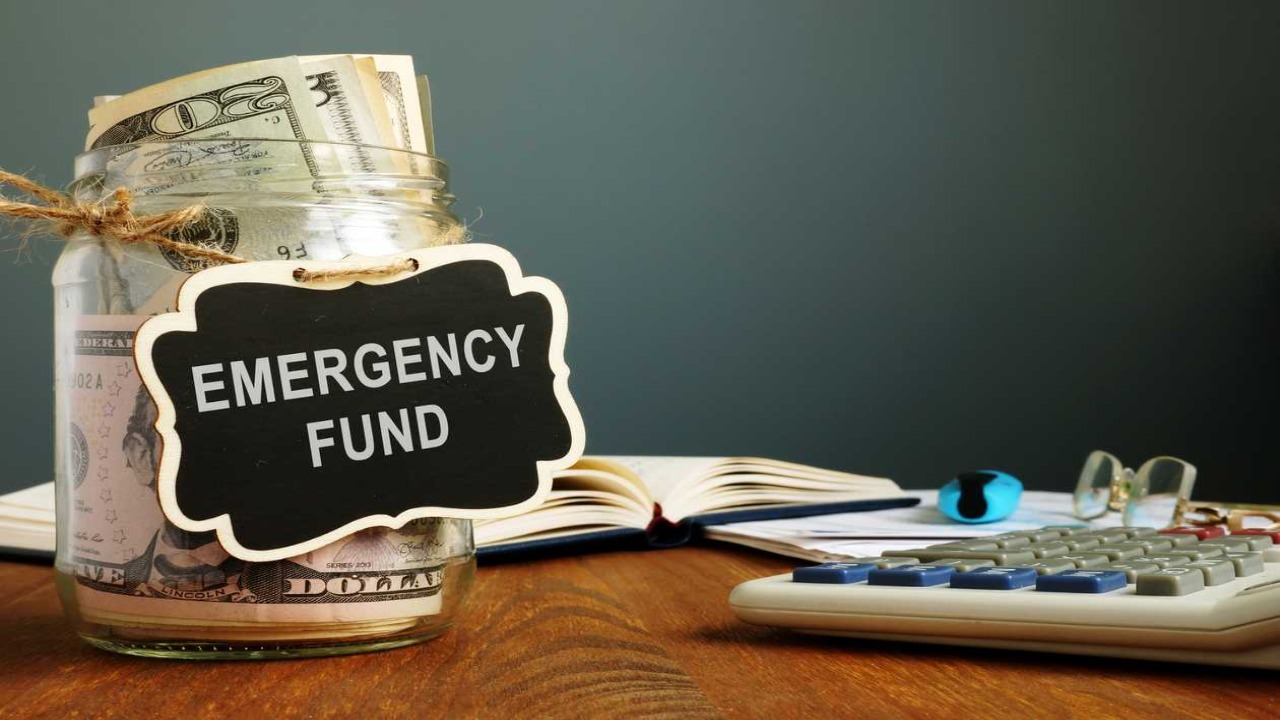Can Web Designers Manage Their Finances More Effectively?
As web designers celebrate the ever-evolving landscape of digital creativity, it’s crucial to shift the spotlight towards a less glamorous yet equally vital aspect of their professional lives – financial management. The artistry of web design often overshadows the necessity for a robust financial strategy. On this digital journey, let’s discover how web designers can enhance their financial prowess for sustained success.
The Freelance Conundrum

Income Volatility
Web designers frequently find themselves navigating the unpredictable waters of freelance income. Unlike traditional 9-to-5 jobs, freelancers encounter irregular paychecks, making budgeting and financial planning challenging. Establishing a stable income stream is paramount, and diversifying client portfolios can be a game-changer.
Pricing Strategies
Determining the right pricing model is pivotal. Many web designers struggle with undervaluing their skills, leading to financial strain. By conducting market research, understanding the value of their work, and implementing competitive pricing strategies, designers can ensure fair compensation for their expertise.
Budgeting Basics for Designers

Creating a Designated Business Account
Separating personal and business finances is a fundamental step. Designers should open a dedicated business account to streamline financial transactions, track expenses, and monitor cash flow effectively. This separation not only simplifies tax obligations but also provides clarity on the business’s financial health.
Embracing Budgeting Tools
In the digital era, an array of budgeting tools and apps can assist web designers in managing their finances efficiently. Applications like QuickBooks, FreshBooks, or even simple spreadsheet tools can provide insights into income, expenses, and overall financial trends. Embracing technology empowers designers to make informed financial decisions.
The Importance of Emergency Funds

Mitigating Unforeseen Challenges
Freelancers often face unexpected challenges such as project cancellations or health issues that can disrupt income streams. Establishing an emergency fund is a financial safety net that allows web designers to navigate through these uncertainties without compromising their financial stability.
Consistent Savings Habits
While income may vary, cultivating consistent savings habits is crucial. Setting aside a percentage of each paycheck for short-term and long-term goals ensures financial resilience. It also provides the freedom to invest in professional development, expanding skill sets and marketability.
Retirement Planning for Freelancers
The Self-Employed 401(k)
Retirement planning is often overlooked by freelancers. However, with the right strategies, web designers can secure their financial future. Exploring options like the Self-Employed 401(k) allows for tax advantages and long-term wealth accumulation. It’s an investment in both personal well-being and financial stability.
Seeking Professional Guidance
Navigating retirement plans and investment options can be daunting. Seeking advice from financial professionals can provide clarity and personalized strategies tailored to a web designer’s unique circumstances.
A Financially Fit Future
As web designers commemorate a year of digital innovation, it’s paramount to acknowledge the significance of financial well-being. By addressing the challenges of freelance income, implementing effective budgeting practices, building emergency funds, and planning for retirement, designers can forge a path to financial success. Just as pixels come together to create a masterpiece on the screen, thoughtful financial management lays the foundation for a thriving and sustainable career in web design.
